Eat less white rice, move more, replace high carbs with more protein: ICMR
Fri 03 Oct 2025, 02:14:24
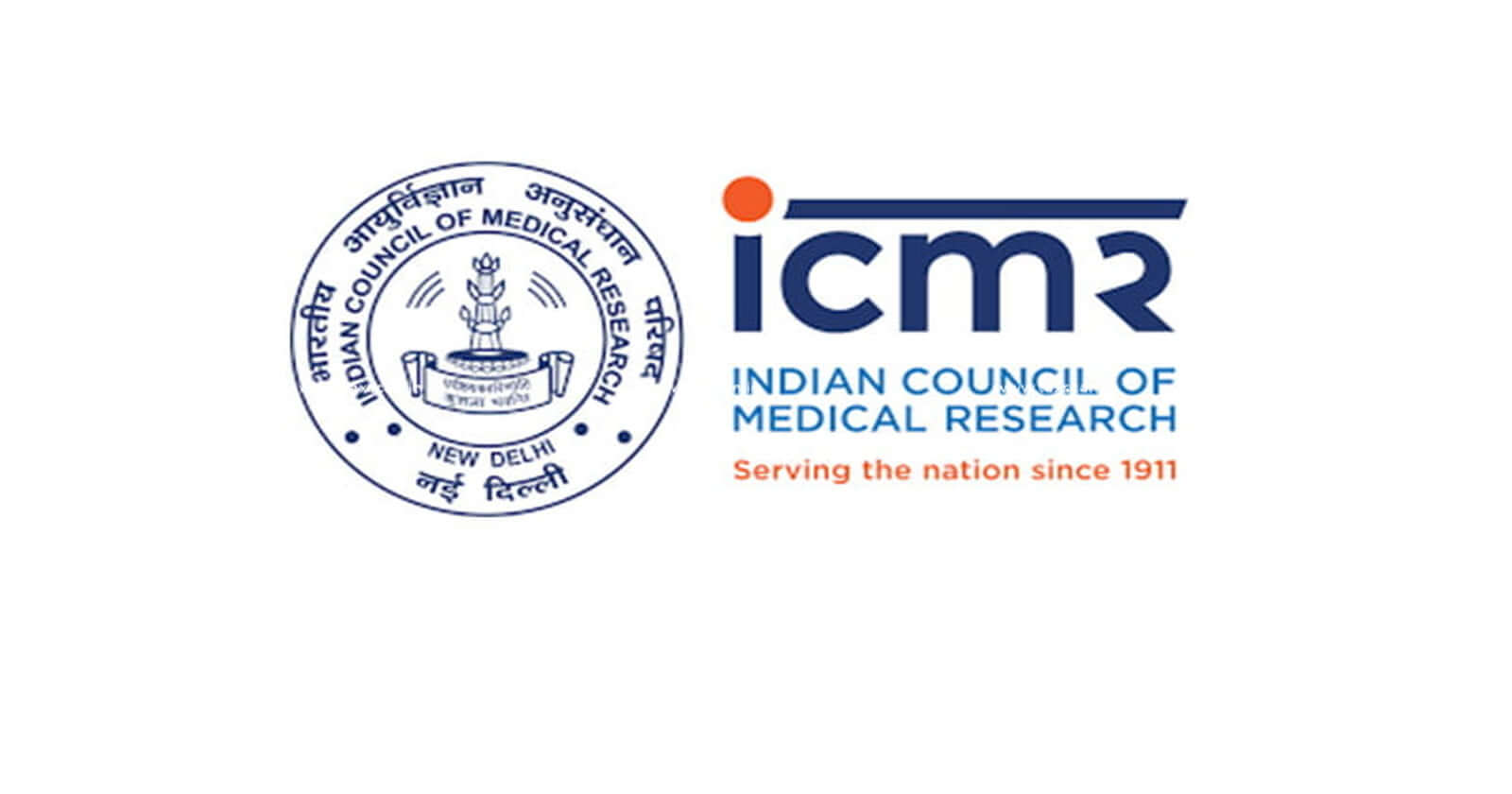
A nationwide survey has revealed the scale of India's worsening health crisis, showing how changes in diet and lifestyle are directly linked to the rising burden of diabetes, obesity, and heart disease.
The findings, part of the Indian Council of Medical Research– India Diabetes (ICMR-INDIAB) project, highlight that 83% of Indian adults have at least one metabolic risk factor, with hypertension, high cholesterol, obesity and diabetes now common across the country.
The study, published in Nature Medicine, which examined over 18,090 adults, paints a troubling picture of a nation in transition.
It reveals that traditional food patterns and active lifestyles are being replaced by sedentary routines and high-carbohydrate diets.
A POPULATION AT RISK
The average age of participants was 40 years, evenly split between men and women. Nearly one-third of adults were found to have hypertension (severely high blood pressure), while 9% had newly diagnosed type 2 diabetes.
Prediabetes, a condition that signals the risk of future diabetes, was shockingly high at 41%.
Obesity rates were equally concerning. Although India's median body mass index (BMI) of 22.2 may appear moderate, 43% of adults were overweight and 26% were obese by Asian cut-offs.
Abdominal obesity, where excess fat is carried around the waist, was present in 36 percent of the population and is known to be particularly harmful for heart health.
Cholesterol problems were widespread, with half the participants showing dyslipidaemia, or abnormal lipid levels. Together, these findings suggest that India is already living through a silent epidemic of cardio-metabolic disease.
URBAN–RURAL AND GENDER DIFFERENCES
The burden was worse in cities, where sedentary lifestyles and dietary habits amplified the risks. Urban Indians were less likely to smoke or drink, but far more likely to be inactive, overweight, obese, or hypertensive compared to rural residents.
Women, while less likely than men to use tobacco or alcohol, showed higher levels of inactivity and obesity. Men, on the other hand, were more likely to have high blood pressure and cholesterol abnormalities.
Regional variations were also notable. The North reported the highest rates of overweight and obesity, while the East fared better with lower levels of these risk factors. Diabetes prevalence was highest in the West and lowest in the East and Northeast.
DIET: AN IMPORTANT PIECE OF THE PUZZLE
Beyond lifestyle habits, the study took a deep dive into India’s dietary profile and its links to metabolic disease. The results underline how rapid dietary transitions are driving health risks.
Indian diets today are dominated by low-quality carbohydrates such as white rice, refined wheat, and added sugar. At the same time, there is a heavy reliance on saturated
fats and a chronic shortage of protein.
fats and a chronic shortage of protein.
This imbalance, the study found, is strongly associated with diabetes and obesity.
People who ate the most carbohydrates were found to be at a higher risk of health problems compared to those who ate the least. Their chances of developing type 2 diabetes were 30% higher, prediabetes 20% higher, general obesity 22% higher, and abdominal obesity 15% higher.
Simply replacing refined cereals like white rice with whole wheat or millet flour, without reducing the total amount of carbs eaten, did not lower the risk of diabetes or obesity.
MORE PROTEIN NEEDED IN INDIAN DIET
The results were different when some of the carbohydrates were replaced with protein. In fact, the most promising findings came from protein substitution.
Eating more plant, dairy, egg, or fish proteins (while keeping the same calorie intake) was linked to a 9–11% lower risk of type 2 diabetes and a 6–18% lower risk of prediabetes.
Dairy protein showed the strongest benefit for preventing prediabetes, while egg protein helped most against diabetes.
The study suggests that India’s public health strategies should focus on reducing overall carbs and saturated fats, while encouraging people to eat more protein-rich foods like dairy, eggs, fish, and plant proteins to lower the burden of metabolic diseases.
When carbohydrates were replaced with plant, dairy, egg, or fish proteins, without increasing overall calories, the risk of diabetes and prediabetes was substantially reduced.
Dairy protein appeared particularly protective against prediabetes, while egg protein showed benefit against diabetes.
WHAT THE FINDINGS MEAN FOR INDIA
Together, the lifestyle and diet analyses point to an urgent need for a shift in India’s public health strategy. Policies that focus only on replacing refined grains with whole grains are unlikely to be enough.
Instead, the study suggests that India needs to reduce overall carbohydrate and saturated fat intake, while increasing plant and dairy proteins in the diet.
Experts warn that without intervention, the consequences could be devastating. The combination of widespread hypertension, high cholesterol, obesity, and diabetes will accelerate rates of heart disease and stroke, placing an enormous burden on India’s healthcare system.
The ICMR–INDIAB survey provides the strongest evidence yet that India’s metabolic health is at a tipping point. Rising physical inactivity, poor diet quality, and weight gain are converging to create an epidemic of lifestyle-related diseases, once thought to be problems of the West.
Unless Indians begin moving more and eating smarter, this silent health crisis will only deepen. For policymakers, doctors, and individuals alike, the message is clear: the time to act is now.
No Comments For This Post, Be first to write a Comment.
Most viewed from Health
AIMIM News
Latest Urdu News
Most Viewed
May 26, 2020
Where should be the burial of the pilgrims martyred in the Saudi Arabia bus accident?
Latest Videos View All
Like Us
Home
About Us
Advertise With Us
All Polls
Epaper Archives
Privacy Policy
Contact Us
Download Etemaad App
© 2025 Etemaad Daily News, All Rights Reserved.

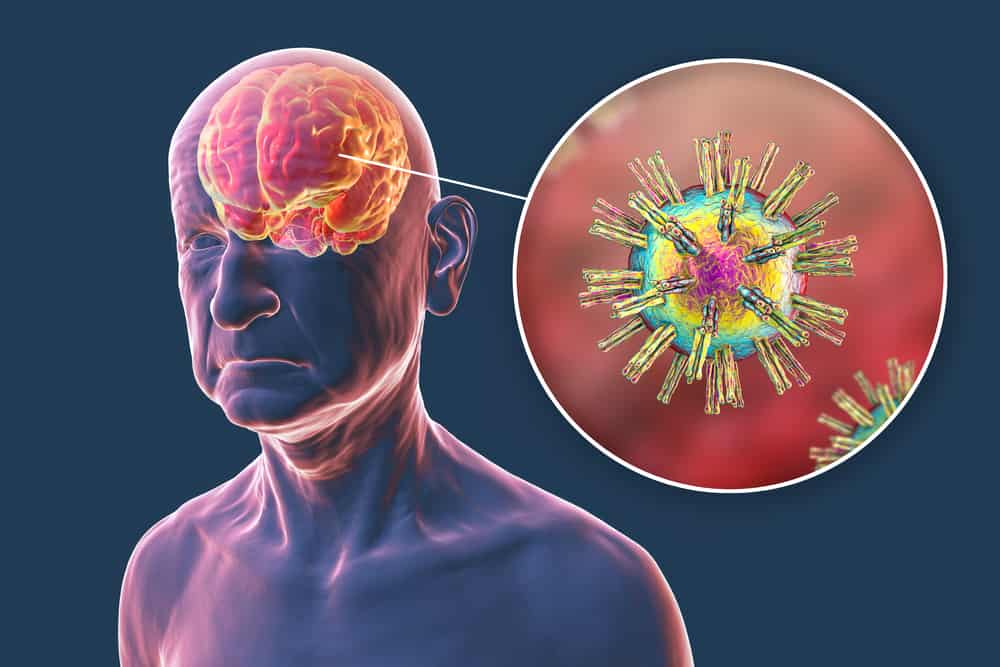


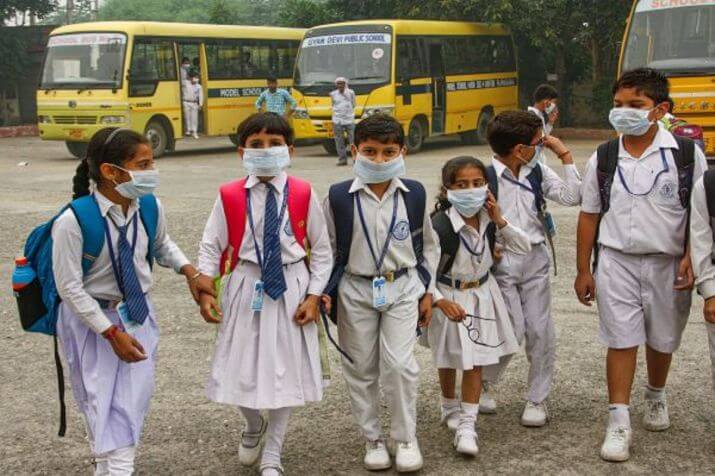

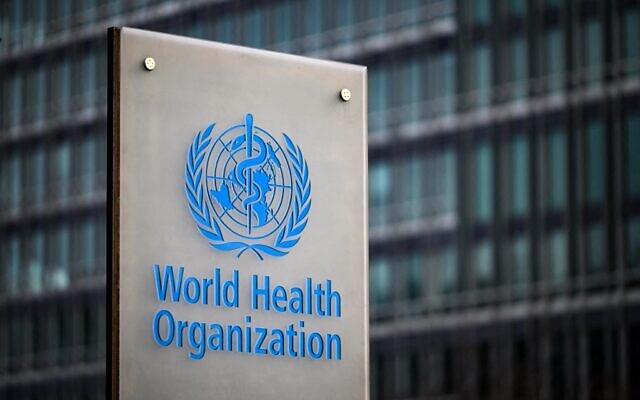





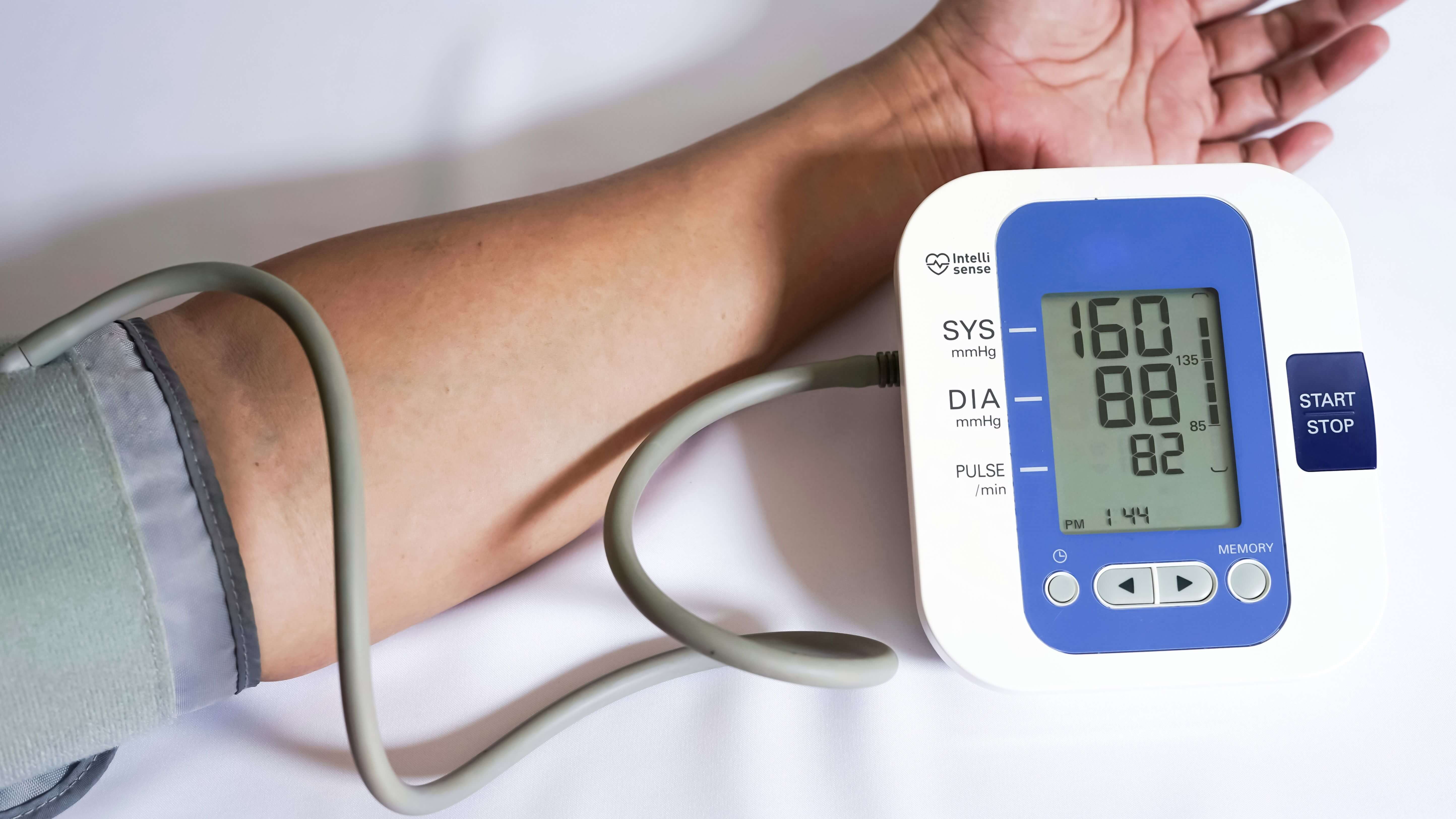

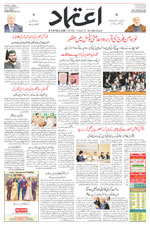





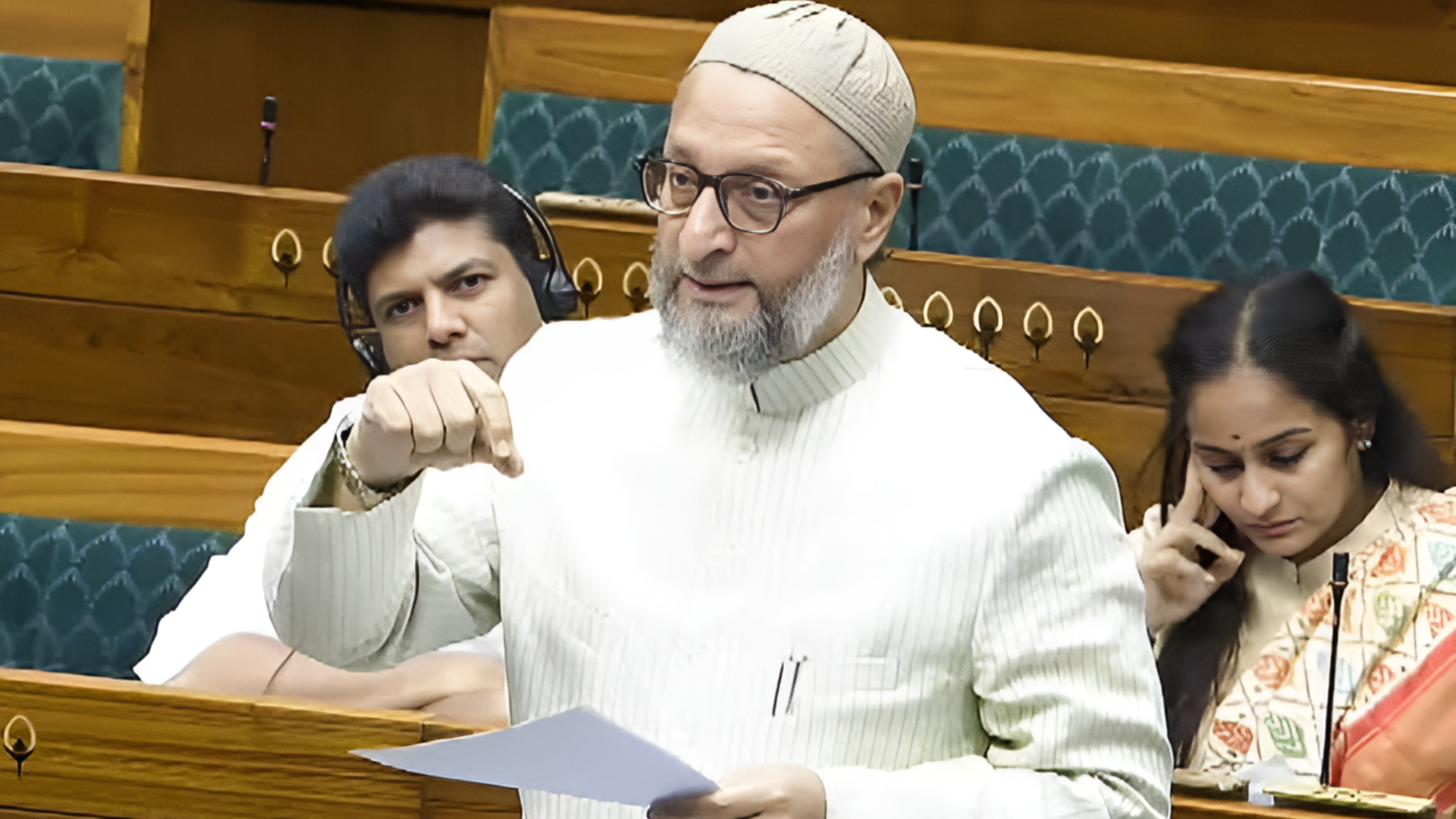



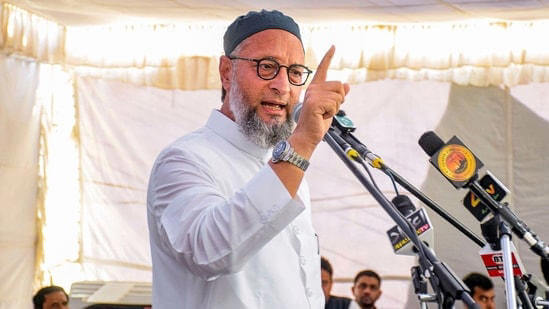
.jpg)
.jpg)
.jpg)


